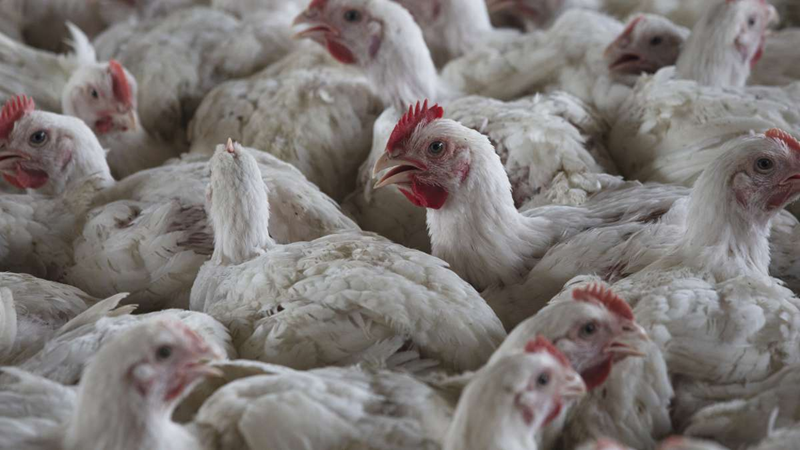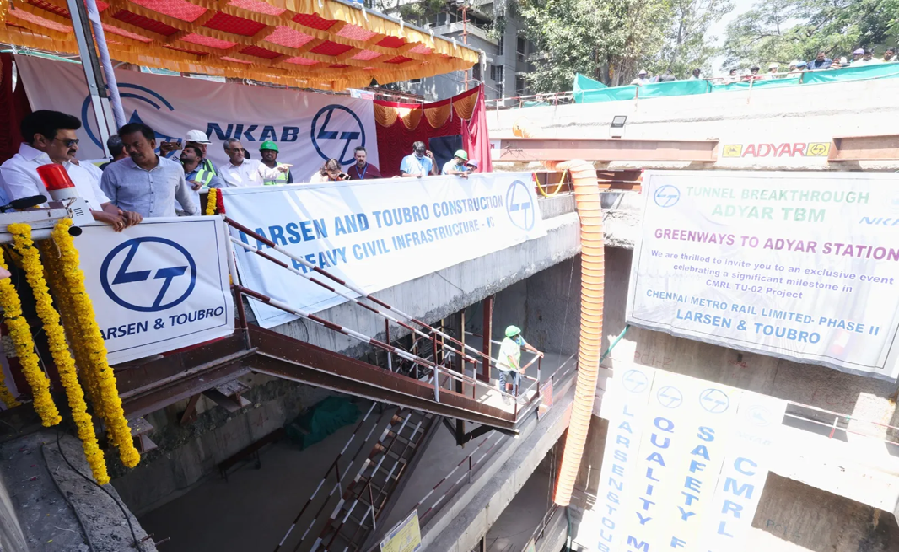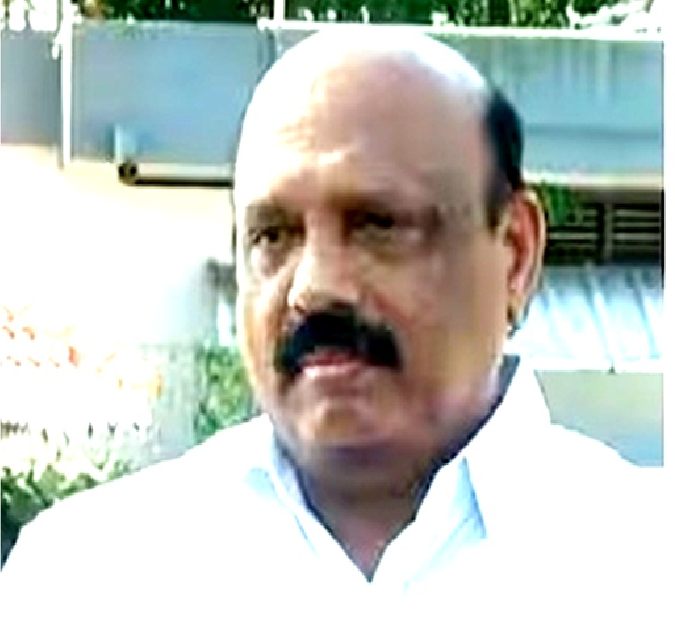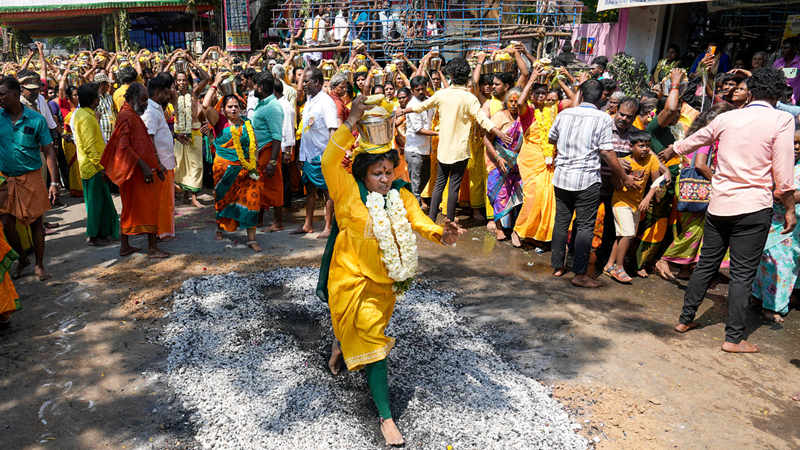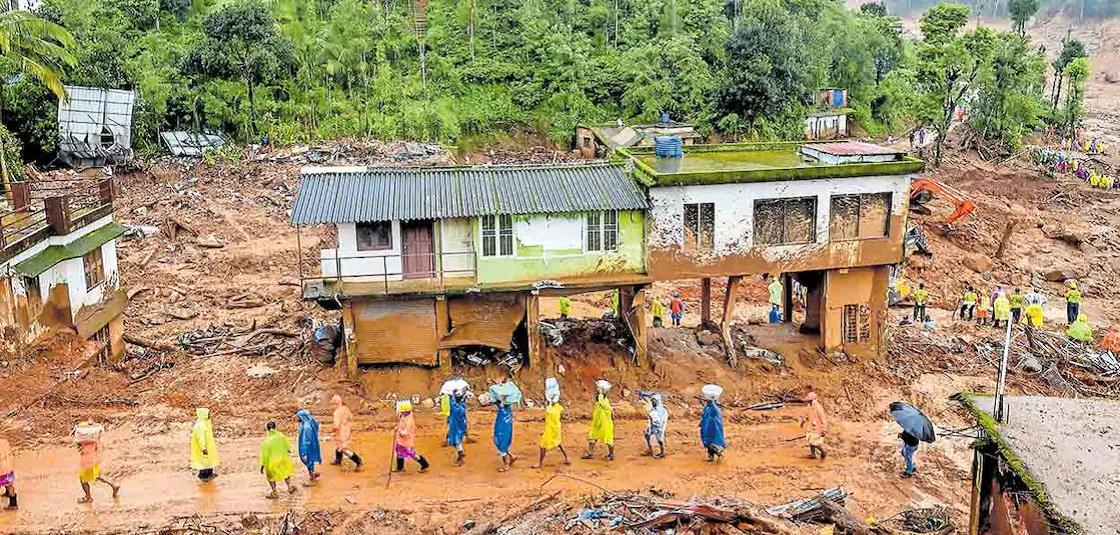
Wayanad termed man-made disaster
Wayanad, NT Bureau: Experts hold that human exploitation of Western Ghats caused landslides in Wayanad district, which took at least 358 lives. India Meteorological Department (IMD) said on July 29 Wayanad district received 141.9 mm of rain, which is seven per cent of the seasonal rainfall.
The district also received 21 per cent of the seasonal rainfall in two weeks. As a result, landslides hit Mepaddi, Mundakkai and Chooralmala towns in Wayanad district late at night on July 30. Ecologists blamed stone quarrying, mining and building of resorts in ecologically sensitive areas.
Western Ghats panel proves to be Cassandra
The Western Ghats Ecology Expert Panel (WGEEP) led by Chairman and ecologist Madhav Gadgil had submitted their report in 2011, recommending that 64 per cent of the Western Ghats be declared an Ecologically Sensitive Area (ESA) closed to many human activities.
The report was criticised for being too focused on the environment and ignoring livelihoods. It was followed up by the Kasturirangan report which brought the number down to 37 per cent of the Western Ghats. However, even this was unacceptable to most.
Tourism creates jobs but at steep cost
Tourism accounts for 10 per cent of Kerala’s Gross Domestic Product (GDP) even as tourist numbers increase steadily. Lately, a vast number of resorts, hotels and the like have been cropping up in geologically delicate areas in Wayanad district.
Quarrying spiked rain volume: Ecologist
Gadgil said that torrential downpour was the result of stone quarrying in the Western Ghats.
“Rock quarries are particularly responsible for very fine dust, which increases aerosol. As the aerosol load increases, what happens is that the rain instead of falling in drizzle for let's say four hours, comes down suddenly as intense rain in bursts of half an hour or one hour,” he told India Today.
The ecologist added that his report was often misunderstood.
“As per the mandate given to us, this whole area is ecologically sensitive. What we said was this isn’t practical and shouldn’t be attempted in a broadbrushed fashion. Therefore the Western Ghat areas should be divided into three zones. One is ecologically highly sensitive, then of middling sensitivity and thirdly of low sensitivity. We have asked for, in particular, stopping of quarrying and mining only in highly sensitive areas,” Gadgil said.
“There have been increasing human interventions. It is a complete mistake to think that these are to increase the ability of people to seek livelihoods. Not at all. The interventions are mostly lots of tourist resorts near tea estates, where they are building lakes and so on, which are further increasing the burden on the geological structure. Nobody is questioning the resorts, which are meant for the opulent and rich section of society. They’re not creating much employment. They’re doing nothing of the sort. The people who have died are tea estate labourers,” he said, adding that the tea labourers are forced to live in poor conditions in ravines and paid poor wages while the tea estate owners corner land and resources.
Moreover, a research paper by Philip Varghese and Yoji Natori holds that traditional means of livelihood and agriculture had been destroyed due to tourism in Wayanad district. It also discloses that 98 deaths occurred due to human-animal conflict in the district in 2022-23, mainly due to destruction of habitat.
 English daily published in Bengaluru & Doha
English daily published in Bengaluru & Doha



